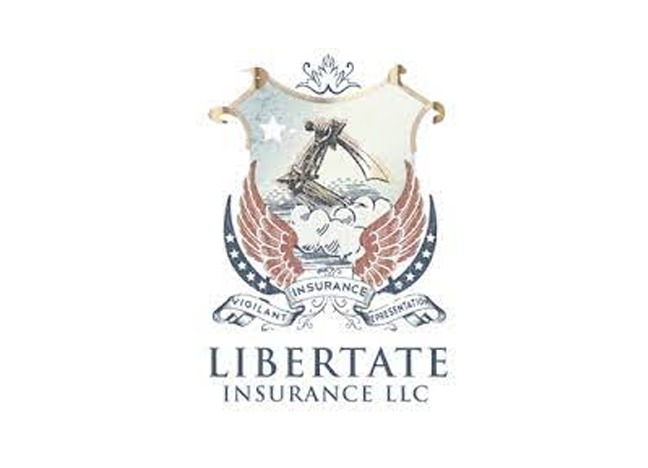 Libertate Creates Claimant-Driven Pharmacy Cost Management Model (PCMM) for PEO Large Group Medical and Workers’ Compensation that Guarantees Minimum Savings of Up to 15%
Libertate Creates Claimant-Driven Pharmacy Cost Management Model (PCMM) for PEO Large Group Medical and Workers’ Compensation that Guarantees Minimum Savings of Up to 15%
ORLANDO, September 26, 2016 / PRNewswire / — In an effort to vigilantly drive the occupational and non-occupational medical spends of our clients downward, we are proud to announce an exclusive partnership with Pharma Strategies to distribute and white label their product to the Professional Employer Organization (“PEO”) industry. Pharma Strategies is a progressive pharmaceutical management company that has created heavily discounted prescription managed care networks for both workers’ compensation and health insurance. This claimant-driven model aligns by state for workers’ compensation and utilizes the statutes in effect that allow direction of medical care. On the major medical front, the Pharma Strategies platform provides incentives to the employee to go to in-network facilities by fully or partially-funding the employee prescription co-pay with the savings derived from the program. In essence, go to the right pharmacy and the savings is at minimum 15% less than traditional major medical or workers’ compensation fee schedule. It should also be noted that 99% of the drugs prescribed are eligible for the program.
According to Libertate CEO Paul Hughes, “the prescription drug increase in the workers’ compensation system was +11% overall just last year, and controlled substances such as opioids were up +16% just in the 2014 year.[1] According to our friends at Milliman, prescription drug costs spiked significantly (on major medical), growing by 13.6% from 2014 to 2015.[2] Furthermore, the pharma spend as a percentage of overall spend Prescription drug costs now comprise “15.9% of total healthcare spending for a family of four, up from 13.2% in 2001.”[3]
The PCMM is claimant-focused and not triggered by a specific line of insurance as pharmaceutical costs are equally impactful to major medical health insurance and workers’ compensation. Mr. Hughes added, “Needless to say, the ability to save on the pharmaceutical spends of our clients is paramount in controlling their cost of both occupational and non-occupational health care. Daily news events such as the recent +500% increase in the cost of the lifesaving allergic treatment EpiPen has illuminated the need to help our clients hedge against the drug makers in order to contain the overall health insurance spend.”
For more information, contact James Hughes at 813.335.1588 / jhughes@libertateins.com
[1] “Workers Compensation and Prescription Drugs: 2016 Update”, National Council of Compensation Insurance (“NCCI”), May 5, 2016.
[2] Milliman Research Report, 2015 Milliman Medical Index “Will the typical American family of four be driving a “Cadillac plan” by 2018?”
[3] Ibid
Join the Conversation on Linkedin | About PEO Compass
The PEO Compass is a friendly convergence of professionals and friends in the PEO industry sharing insights, ideas and intelligence to make us all better.
All writers specialize in Professional Employer Organization (PEO) business services such as Workers Compensation, Mergers & Acquisitions, Data Management, Employment Practices Liability (EPLI), Cyber Liability Insurance, Health Insurance, Occupational Accident Insurance, Business Insurance, Client Company, Casualty Insurance, Disability Insurance and more.
To contact a PEO expert, please visit Libertate Insurance Services, LLC and RiskMD.
